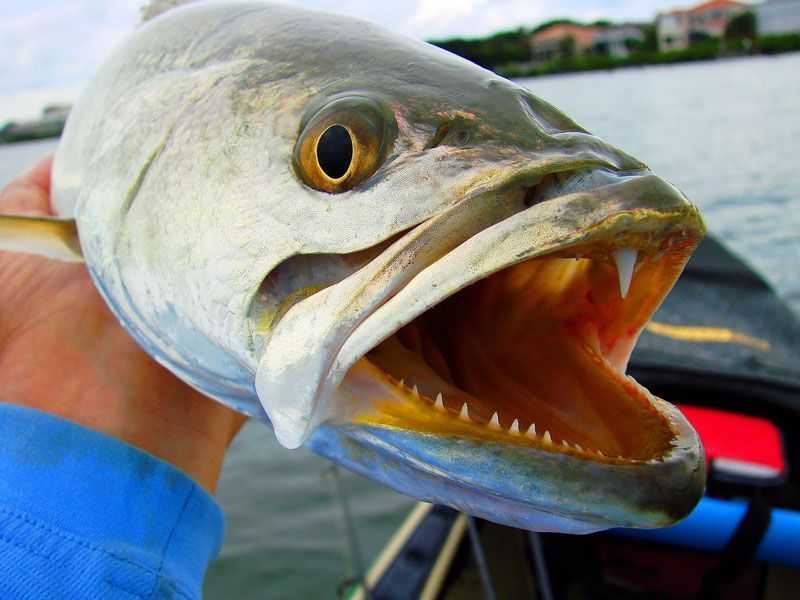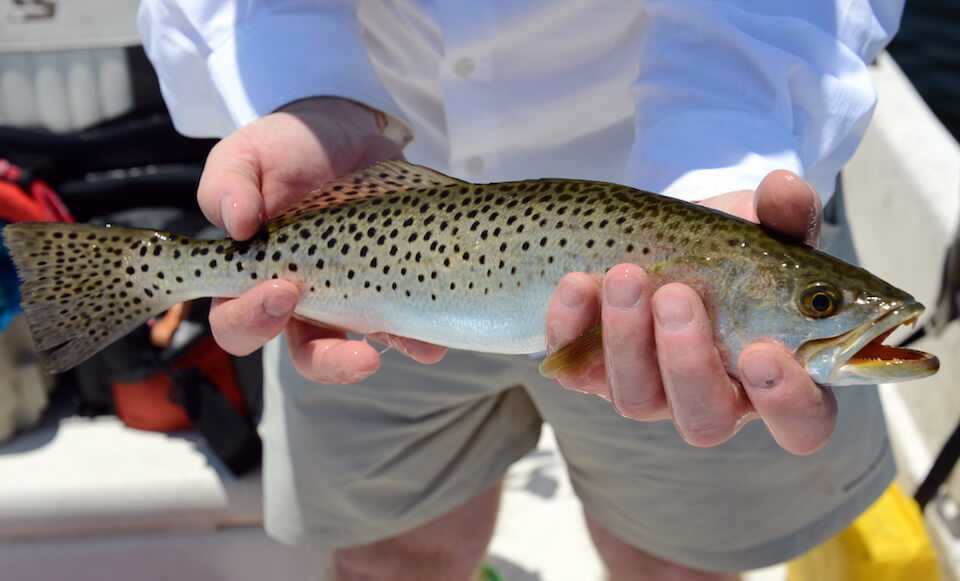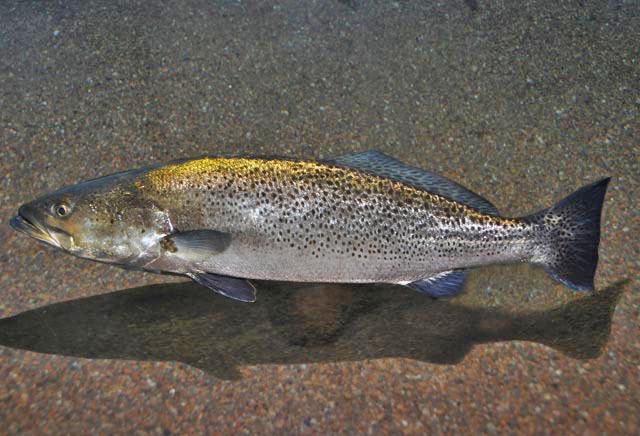The spotted seatrout, a popular species among anglers and marine enthusiasts, is a fascinating fish found in coastal waters. This article provides an informative overview of the spotted seatrout, offering insights into its basic characteristics, behavior, and identification tips for those eager to learn more about this remarkable species.

Basic Info
- Common Name: Spotted Seatrout
- Scientific Name: Cynoscion nebulosus
- Group Name: Perciformes (Perch-like fishes)
- Average Life Span In The Wild: 5-10 years
- Size: Can grow up to 3 feet long
- Weight: Typically weighs between 10 and 20 pounds
- Behavior: Spotted seatrout are known for their predatory behavior. They are often found in shallow waters, where they hunt smaller fish, shrimp, and crabs. These fish are generally most active during dawn and dusk, when they can be seen feeding near the surface.
How to Identify
Identifying a spotted seatrout is relatively straightforward, thanks to its distinctive appearance.
- Coloration: The spotted seatrout typically has a silver-gray body with a dark greenish or bluish back. Its sides are marked with numerous black spots, which give the fish its name.
- Body Shape: The body is elongated and slightly compressed, making it streamlined for swimming. The dorsal fins are separated into two distinct parts, with the first having spines and the second being soft.
- Fins: The pectoral, pelvic, and anal fins of the spotted seatrout are generally pale, while the caudal fin (tail) is slightly forked and may have dark margins.
- Mouth and Teeth: Spotted seatrout have a large, oblique mouth with prominent canine teeth, which they use to capture prey. The lower jaw protrudes slightly, giving the fish a characteristic “gape” when viewed from the side.
- Spot Pattern: One of the most distinctive features of the spotted seatrout is the pattern of black spots that cover its body. These spots are more concentrated on the back and upper sides and extend onto the dorsal and caudal fins.
Some pictures of Spotted Seatrout










Robert Smith is the proud owner of Bait Barrels and Bows, a premier fishing sports store established in 1989. With over three decades of experience in the industry, Robert has honed his skills to become an expert angler, sharing his vast knowledge and passion for fishing with enthusiasts around the world. Through his store and writings, Robert provides invaluable tips and guidance, helping both novice and seasoned anglers improve their techniques and enjoy the sport to its fullest. His commitment to the fishing community is evident in his dedication to quality products and excellent customer service.

